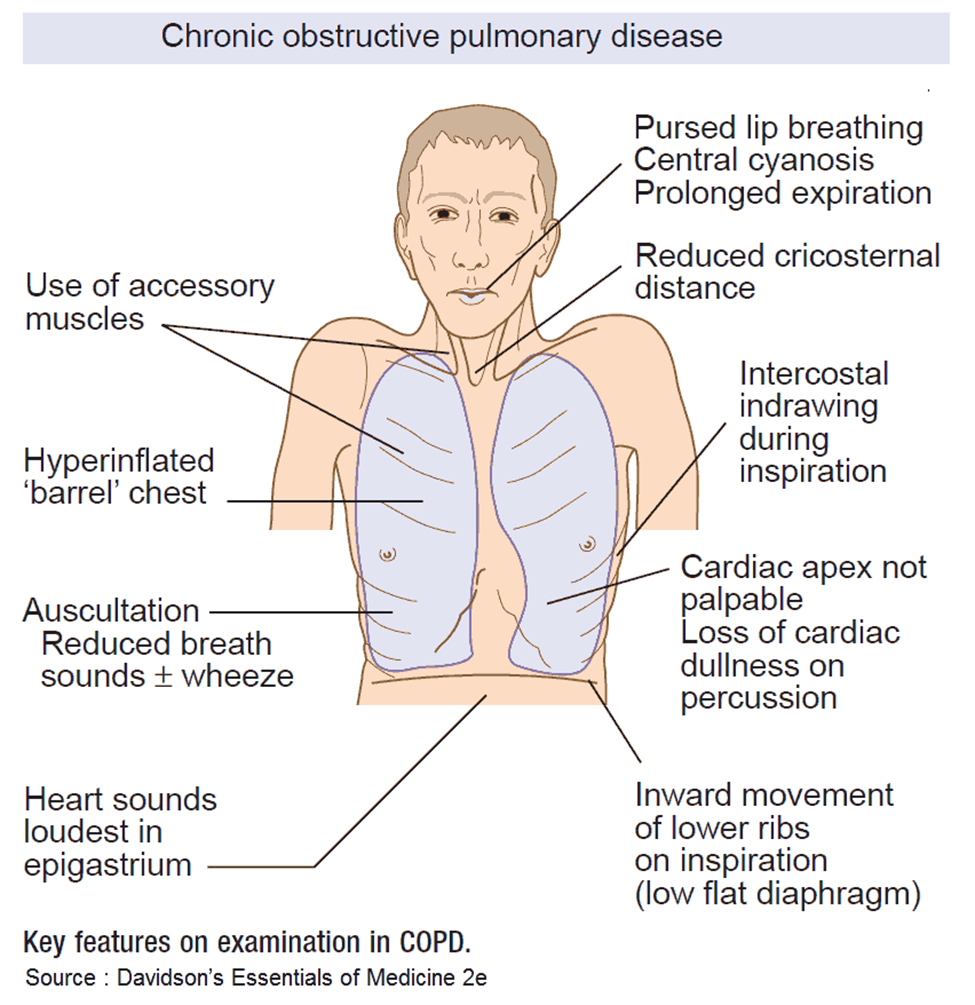A nurse in a provider's office is assessing a client who reports occasional atypical chest pain, palpitations, and exercise intolerance. On auscultation, the nurse notes a systolic click. The nurse should recognize this finding as a manifestation of which of the following conditions?
Aortic regurgitation,
Mitral stenosis
Aortic stenosis
Mitral valve prolapse
The Correct Answer is D
A. Aortic regurgitation: Aortic regurgitation typically presents with a diastolic murmur, not a systolic click.
B. Mitral stenosis: Mitral stenosis presents with a diastolic murmur, often associated with an opening snap, rather than a systolic click.
C. Aortic stenosis: Aortic stenosis typically presents with a systolic ejection murmur, but not a systolic click.
D. Mitral valve prolapse: This is the correct answer. Mitral valve prolapse (MVP) is characterized by the displacement of the mitral valve leaflets into the left atrium during systole, often producing a systolic click. Symptoms associated with MVP can include atypical chest pain, palpitations, and exercise intolerance.
Nursing Test Bank
Naxlex Comprehensive Predictor Exams
Related Questions
Correct Answer is ["B","C","D"]
Explanation
A. Bradycardia: Emphysema itself is not directly associated with bradycardia. However, severe hypoxia or other complications may lead to changes in heart rate.
B. Barrel chest: Emphysema is characterized by the destruction of alveoli, leading to loss of elastic recoil in the lungs. This results in hyperinflation and an increase in the anteroposterior diameter of the chest, creating a barrel-shaped appearance.
C. Dyspnea: Emphysema causes difficulty in exhaling air due to the loss of elasticity in the lung tissue. This can lead to a feeling of breathlessness.
D. Deep respirations: Clients with emphysema often adopt a pattern of deep and labored breathing to compensate for the decreased efficiency of gas exchange.
E. Clubbing of the fingers: Clubbing of the fingers is more commonly associated with chronic hypoxia, but it is not a typical finding in emphysema. Clubbing can occur in certain lung diseases, but it is not a defining characteristic of emphysema.

Correct Answer is C
Explanation
A."I will follow a daily diet high in calories and protein": While maintaining adequate nutrition is important, emphasizing a diet high in calories may not be suitable. A balanced diet, including adequate protein, is recommended.
B."I will avoid getting a flu shot": Individuals with emphysema are at an increased risk of respiratory infections, including influenza. Getting a flu shot is generally recommended to reduce the risk of infection and complications.
C. "I will inhale slowly through pursed lips to help me breathe better."
This statement reflects a correct understanding of a beneficial breathing technique for individuals with emphysema. Inhaling slowly through pursed lips can help create back pressure in the airways, preventing them from collapsing and promoting better air exchange in the lungs. This technique can assist in managing shortness of breath and improving overall respiratory function.
D."I will lie on my stomach to practice abdominal breathing every day": While practicing abdominal breathing can be beneficial, lying on the stomach may not be the most practical or comfortable position for this purpose. The emphasis should be on proper breathing techniques, which can be done in various positions, including sitting or standing.
Whether you are a student looking to ace your exams or a practicing nurse seeking to enhance your expertise , our nursing education contents will empower you with the confidence and competence to make a difference in the lives of patients and become a respected leader in the healthcare field.
Visit Naxlex, invest in your future and unlock endless possibilities with our unparalleled nursing education contents today
Report Wrong Answer on the Current Question
Do you disagree with the answer? If yes, what is your expected answer? Explain.
Kindly be descriptive with the issue you are facing.
